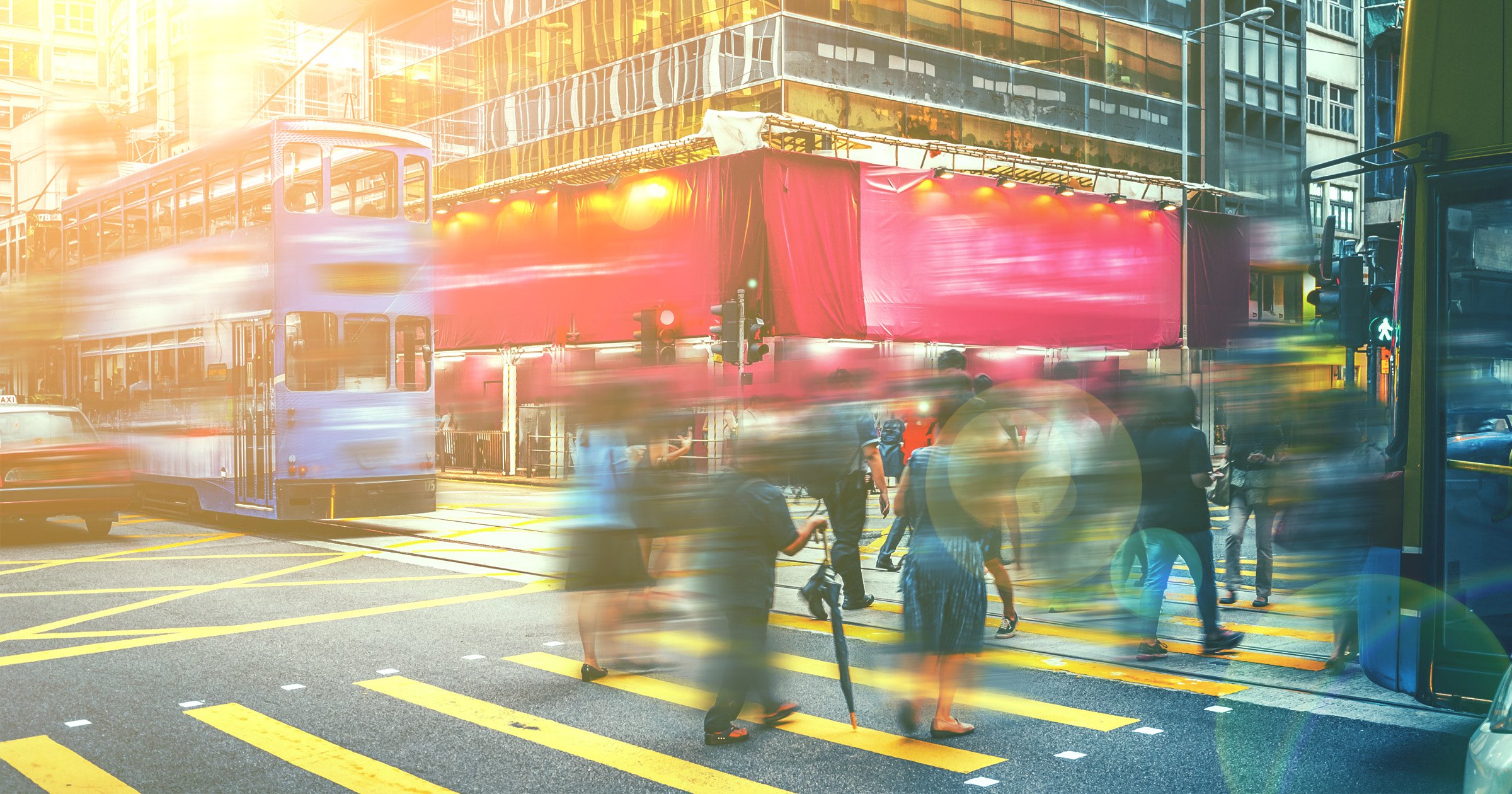The Biophilic Design Movement and How Cities are Prioritising Green Spaces
A new wave of sustainable urbanism focuses on bringing nature into the heart of the cities.
FUTURE PROOF – BLOG BY FUTURES PLATFORM
New urban design practices are gaining momentum worldwide to address the challenges posed by climate change and the Covid-19 pandemic. One of the examples of having a moment right now is biophilic design – the discipline of designing spaces according to the principles of nature. The emerging wave of forest-like urban spaces can reduce emissions, enhance community belonging, and improve our wellbeing.
An increasing body of research suggests that being close to nature enhances the quality of life. For example, physical proximity to nature can boost mental health, reduce stress and improve focus.
Over the last couple of years, the impacts of climate change in concrete-heavy cities have become more pronounced with the increasing frequency and intensity of heatwaves. The Covid-19 pandemic, on the other hand, has transformed people’s relationship to cities by prompting them to spend more time outdoors.
Biophilic design offers a potential answer to both of these disruptive forces facing the future of cities. From urban forests to car-free city centres, various initiatives today are bringing nature into cities in novel ways to make cities cleaner, safer, and more enjoyable for residents.
FOREST TOWNS: CAR-FREE AND GREEN
The pandemic supercharged the popularity of pedestrian-friendly urban spaces. Although they were initially devised as quick, temporary solutions to help residents gather safely amid lockdowns, many cities are now opting to make their pop-up car-free streets permanent. For instance, the iconic Rue de Rivoli of Paris, the street that stretches from the Louvre Museum to the city centre, is now reserved mainly for pedestrians and cyclists. From Milan to New York and Bogota, various other cities around the world are also following suit.
Meanwhile, Singapore is taking a whole new approach and building a new smart eco-city from scratch. Dubbed as the “forest town”, the city Tengah will have all technical infrastructure, parking and roads pushed underground. The ground level, surrounded by creeper plants, public gardens, and community farms, will be exclusively for pedestrians and cyclists.
SUSTAINABLE URBAN PLANNING TO CUT POLLUTION AND SUPPORT WILDLIFE
Besides improving residents’ well-being and the sense of belonging in the city, biophilic design elements also enhance sustainability and biodiversity. For example, the Singaporean Tengah will conserve some of the site’s existing forest by maintaining a forest corridor through its centre to provide a wildlife passage.
Similarly, the city of Madrid in Spain recently unveiled its urban forest project, which involves planting nearly half a million trees that will form a 75 km circle of forest around the city. Once the trees reach maturity, the forest ring will absorb around 175,000 tons of CO2 per year, which will help improve air quality and fight the ‘heat island’ effect in the city.
TOWARDS THE FUTURE OF FOREST TOWNS
After a few successful projects serving as proofs of concept, building new types of smart-green districts inside cities may become the next leading trend in urban planning. We may soon see the places occupied with cars, logistics and concrete without greenery as old-fashioned and unattractive.
The shift from concrete jungles to green, pedestrian-first urban spaces will have wide-reaching impacts on real estate, transportation, lifestyle and service industries, among others. How can your organisation play a proactive role in this transformation? What new environmental, recreational, economic or social functions can your product or service take?





